Transform your bedroom from ordinary to extraordinary with the perfect wall lighting setup. Wall light (or wall sconces) are a versatile type of wall-mounted lighting fixture that can provide both accent and task lighting in a bedroom, enhancing both the functionality and style of your space. They aren’t just functional additions—they’re design elements that can create ambiance, save space, and provide targeted illumination exactly where you need it most.
Unlike table lamps that clutter your bedside tables or overhead fixtures that cast harsh shadows, wall lights offer the perfect balance of form and function. Wall sconces and other wall mounted lighting can be hung at different heights to enhance both style and functionality in your bedroom. They free up valuable surface space, provide excellent task lighting for reading, and can serve as stunning decorative accents that complement your bedroom’s aesthetic.
Whether you’re looking to create a cosy reading nook, add ambient lighting for relaxation, or simply upgrade your bedroom’s style, the right wall sconce or sconce placement can truly transform the look and feel of your room. Installing wall lights is one of the most impactful improvements you can make. The best part? With the right guidance and preparation, it’s a project you can tackle yourself.
At Light Trend, we’ve helped countless homeowners illuminate their spaces beautifully and safely. This comprehensive guide will walk you through everything you need to know about how to install wall lights in a bedroom, from initial planning to the final switch flip.
Planning and preparation

Before you pick up a single tool, proper planning ensures your wall light installation goes smoothly and safely. Identify the ideal light point for your fixture, as this will determine where the electrical connection is made and where the light will be installed. Make sure to center the fixture on the wall or above the area you want to illuminate for balanced lighting and a professional look. Wall lights are often best installed at or slightly above eye level to reduce glare and provide optimal illumination.
Safety first
Electrical work requires respect and caution. Always turn off power at the circuit breaker before beginning any installation—make sure to turn off the power to ensure your safety. Use a non-contact voltage tester to double-check that power is truly off—this small device could save your life.
Note: Always double-check for live wires, and if you’re uncomfortable working with electricity or your home has outdated wiring, don’t hesitate to call a qualified electrician.
Essential tools and materials
Gather these items before starting:
- Drill with various drill bits
- Stud finder
- Wire strippers
- Electrical tape
- Wall anchors (if not drilling into studs)
- Screwdriver set
- Level
- Pencil for marking
- Safety glasses
- Non-contact voltage tester
- Stable stand or step ladder to safely reach the installation area
When preparing materials, ensure you have tools for safely stripping the plastic insulation from electrical wires. Proper handling of the plastic insulation is important for safe and secure electrical connections.
Choosing the perfect location
The placement of your bedroom wall lights dramatically affects both functionality and aesthetics. For bedside reading lights, position them 60-70cm above the mattress top and 15-20cm out from the bed’s edge. This height provides optimal light without creating glare.
Want to Explore Bedroom Lights, Check here
Consider the room’s layout and your daily routines. Do you read in bed? Position lights to cast light over your shoulder onto the page. Want ambient lighting? Place fixtures higher on the wall to wash light upward and across the ceiling.
If your bedroom includes a vanity or is adjacent to a bathroom, think about placing wall lights on either side of the mirror or bathroom mirror. This setup provides even illumination for grooming and personal care, and can also serve as accent lighting to enhance the space.
Understanding electrical requirements
Most bedroom wall lights connect to existing electrical circuits. Before starting, ensure your wall lights are connected to a suitable power supply and identify the correct power source, such as a ceiling rose or lighting circuit junction box, for your installation. Check your home’s electrical capacity—standard bedroom circuits can typically handle multiple light fixtures without issues. However, if you’re adding several lights or high-wattage fixtures, consult an electrician about load requirements.
Review local building codes, as some areas have specific requirements for bedroom electrical installations. When in doubt, contact your local building authority for guidance.
Step-by-step installation guide

Now for the exciting part—actually installing your new wall lights. The following section provides step by step instructions for installing bedroom wall lights.
Preparing the electrical connection
Start by identifying where your electrical supply will come from. You might tap into an existing outlet, connect to an overhead light circuit, or run new wiring from your electrical panel. For most DIY installations, connecting to an existing circuit works best. Check if there is an existing junction box or ceiling rose at your chosen location, as these can serve as convenient connection points for your wiring.
Mark your chosen location with a pencil, then use a stud finder to locate wall studs. Mounting into studs provides the strongest support, especially for heavier fixtures. As part of the job, you may need to cut a hole in the drywall for the electrical box and make any necessary openings for wiring to pass through.
Cut power to the circuit and remove any existing fixtures if you’re replacing old lights. Carefully disconnect wires, ensuring all wires are properly detached and nothing remains attached to the old fixture. Noting which wires connect where—taking a photo can help later.
Creating the mounting foundation
Drill pilot holes for your mounting bracket. If you’re drilling into studs, use screws appropriate for wood. For hollow wall installations, use heavy-duty wall anchors rated for your fixture’s weight plus a safety margin. For extra stability, use screw plugs when you attach the mounting hardware to the wall.
Install the mounting bracket securely, checking with a level to ensure it’s perfectly straight. Some mounting brackets may require two screws for secure installation. When installing multiple fixtures or in complex setups, ensure you are mounting to appropriate electrical boxes. A crooked mounting bracket means a crooked light fixture—something that’s impossible to hide once installed.
Making electrical connections
Here’s where careful attention pays off. Most wall lights have three wires: hot (usually black wire or brown wire), neutral (usually blue wire or white wire), and ground (usually yellow green wire or bare copper). Before making any connections, start by stripping a small section of plastic insulation from each wire to expose the copper.
Insert the blue wire (neutral), brown or brown wire (live), and yellow green wire (ground) into the appropriate openings in the connector block. Make sure all wires are securely connected—attach the black wire and white wire to their respective terminals. Use wire nuts to secure connections, wrapping them with electrical tape for extra security.
If you are wiring for a single switch or one switch setup, connect the cable from the switch box or wall switch to the lamp, ensuring the light switch operates the fixture as intended. For plug-in lamps, attach a plug to the cord and connect it to a socket or wall outlet. Always ensure all outlets are properly wired and that the lamp is fully connected to the power source.
Gently tuck wires into the electrical box, ensuring no bare wire is exposed outside the wire nuts.
Mounting and testing
Attach your light fixture to the mounting bracket according to the manufacturer’s instructions. Different fixtures have various mounting systems—some screw directly to the bracket, others slide or clip into place. Make sure to securely mount the fixture to the wall for both safety and proper function.
When you install wall sconces, pay attention to placement—ideally above eye level or beside mirrors—and follow correct mounting techniques to ensure the fixture is stable and the wiring is safely connected.
Insert the lightbulb into the fixture, then add any decorative elements. Restore power at the circuit breaker and test your new lights to ensure they work properly. If they don’t illuminate, turn off power immediately and recheck all connections.
Creative ideas and inspiration

Wall lights offer endless possibilities for personalising your bedroom’s atmosphere and style. Additionally, wall lights or sconces can be used near the front door or other doors to enhance security, improve visibility, and create a welcoming entryway.
Style coordination
Match your wall lights to your bedroom’s design theme. Industrial-style bedrooms benefit from exposed bulb fixtures with metal accents. Traditional spaces shine with classic sconces featuring fabric shades or frosted glass. Modern minimalist rooms call for clean-lined fixtures with geometric shapes.
You can also use wall lights as accent lighting to highlight specific features or create visual interest in your bedroom.
Consider the finish carefully—brushed nickel complements cool color schemes, while brass or bronze fixtures warm up the space and pair beautifully with earth tones.
Smart lighting integration
Modern wall lights can integrate with smart home systems, allowing you to control brightness, color temperature, and scheduling through smartphone apps. Install dimmer switches to adjust lighting levels throughout the day—bright for morning routines, soft for evening relaxation.
Some smart fixtures change color temperature automatically, providing energising cool light during the day and relaxing warm light in the evening.
Layered lighting approach
Wall lights work best as part of a comprehensive lighting plan. Combine them with overhead fixtures for general illumination, table lamps for task lighting, and perhaps LED strip lights behind the headboard for dramatic accent lighting.
This layered approach lets you customise your bedroom's mood for different activities—reading, relaxing, getting dressed etc.
Illuminate your bedroom with confidence

Installing bedroom wall lights transforms not just your room's functionality but its entire character. You've learned how proper planning, careful installation, and creative vision combine to create lighting that serves your needs while expressing your personal style.
The satisfaction of completing this project yourself—seeing your bedroom glow with perfectly positioned, professionally installed lighting—makes every step worthwhile. You'll enjoy better reading light, enhanced ambiance, and the pride that comes from mastering a new skill.
Ready to start your bedroom lighting transformation?
Light Trend offers an extensive range of wall lights perfect for any bedroom style, from contemporary minimalist designs to classic traditional fixtures. Our expert team is always available to help you choose the perfect lights for your space and provide technical support throughout your installation journey.
Contact Light Trend today to explore our collection and discover how the right wall lights can turn your bedroom into the perfectly lit sanctuary you've always wanted.
------------------------------------------------------------------------------------
Frequently asked questions
How high should bedroom wall lights be installed?
For bedside reading, install lights 60-70cm above the mattress top. For general ambient lighting, position them 150-180cm from the floor. Always consider the fixture's size and your ceiling height when determining placement.
Can I install wall lights without existing wiring?
Yes, but it requires running new electrical cable, which is more complex. You might need to fish wires through walls or install surface-mounted conduit. For extensive rewiring, consider hiring an electrician.
What's the best bulb type for bedroom wall lights?
LED bulbs offer the best combination of energy efficiency, longevity, and light quality. Choose warm white (2700K-3000K) for cosy ambiance or daylight bulbs (5000K-6500K) for task lighting. Dimmable LEDs provide maximum flexibility.
Do wall lights need to match other bedroom fixtures?
Not necessarily. While coordinated finishes create a cohesive look, mixing metals and styles can add visual interest. The key is maintaining some unifying element—perhaps similar shapes, proportions, or a repeated accent color.
How do I clean and maintain wall lights?
Dust fixtures regularly with a soft cloth. For deeper cleaning, turn off power and remove bulbs before wiping with a slightly damp cloth. Avoid harsh chemicals that might damage finishes or electrical components.

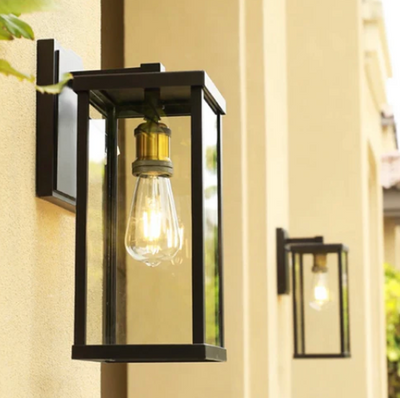
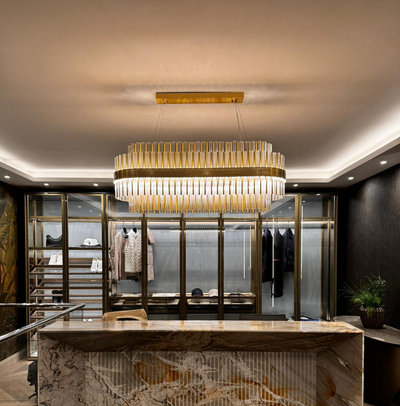
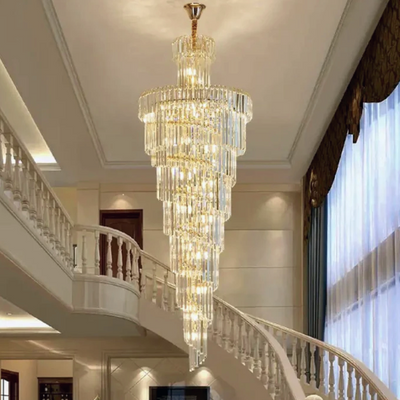
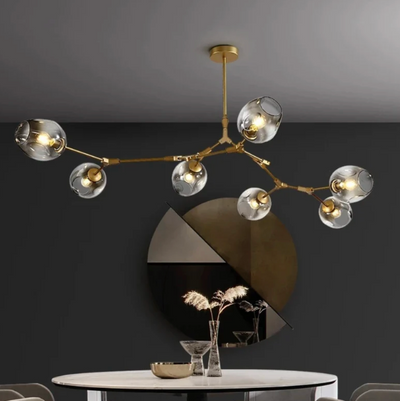
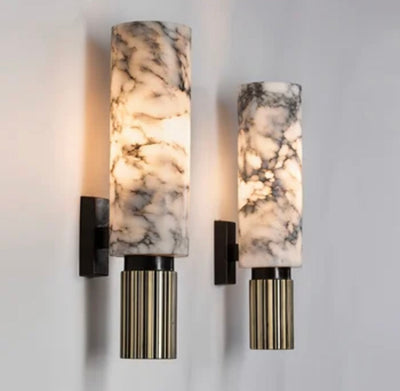
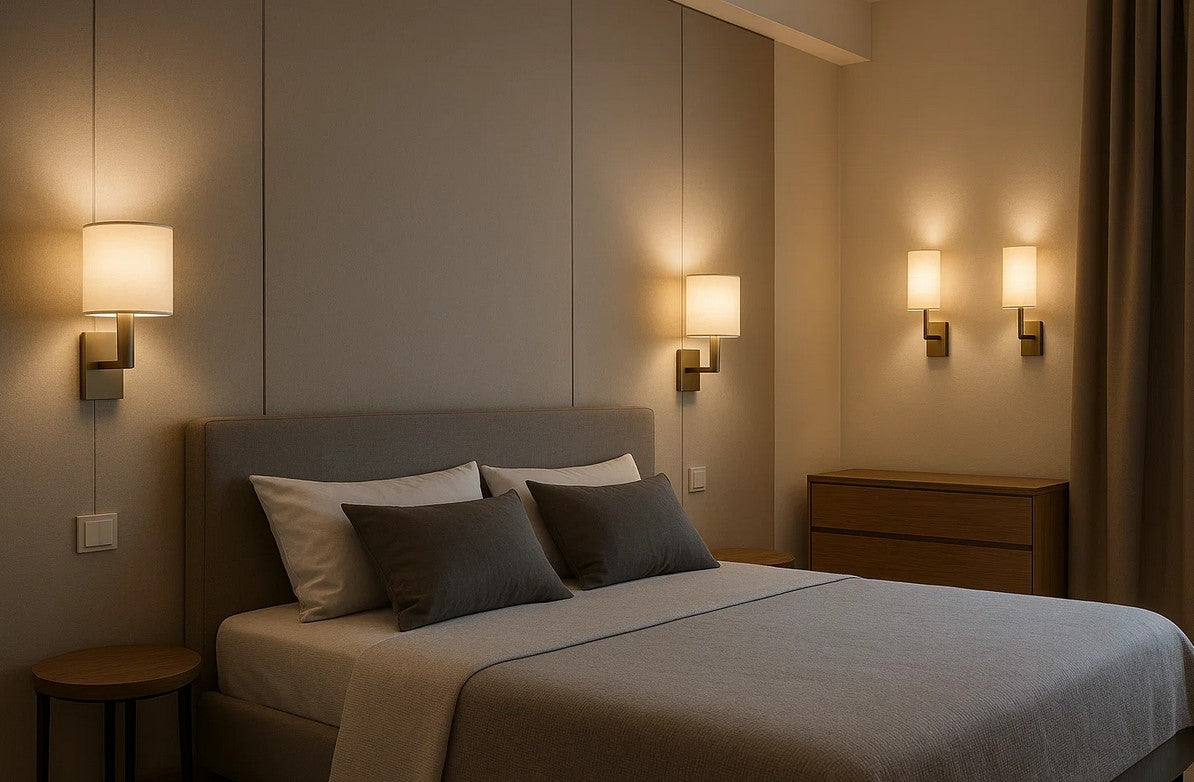
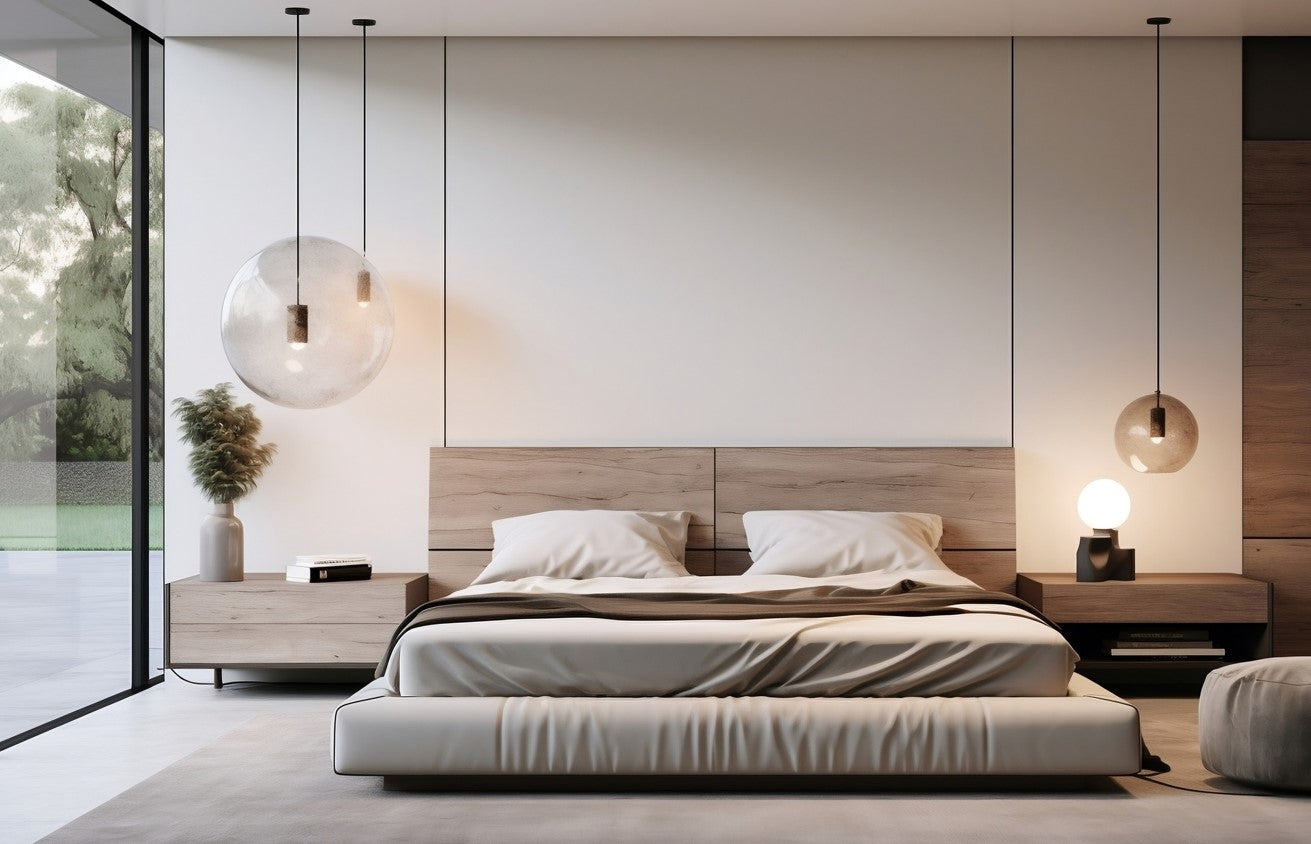
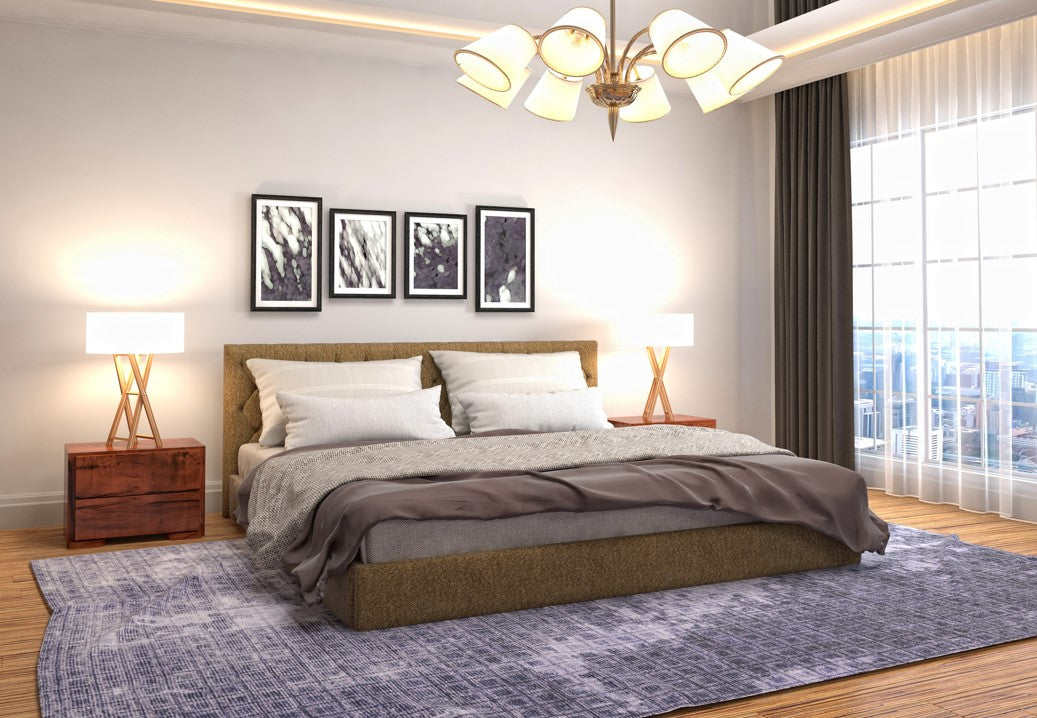
Leave a comment
All comments are moderated before being published.
This site is protected by hCaptcha and the hCaptcha Privacy Policy and Terms of Service apply.